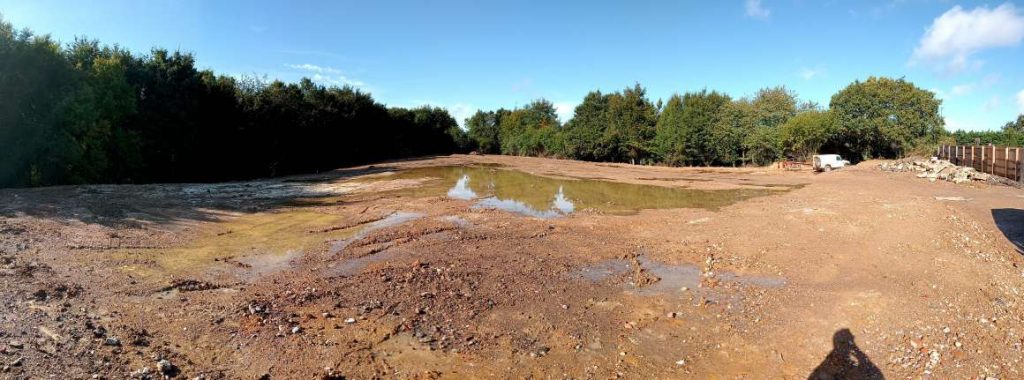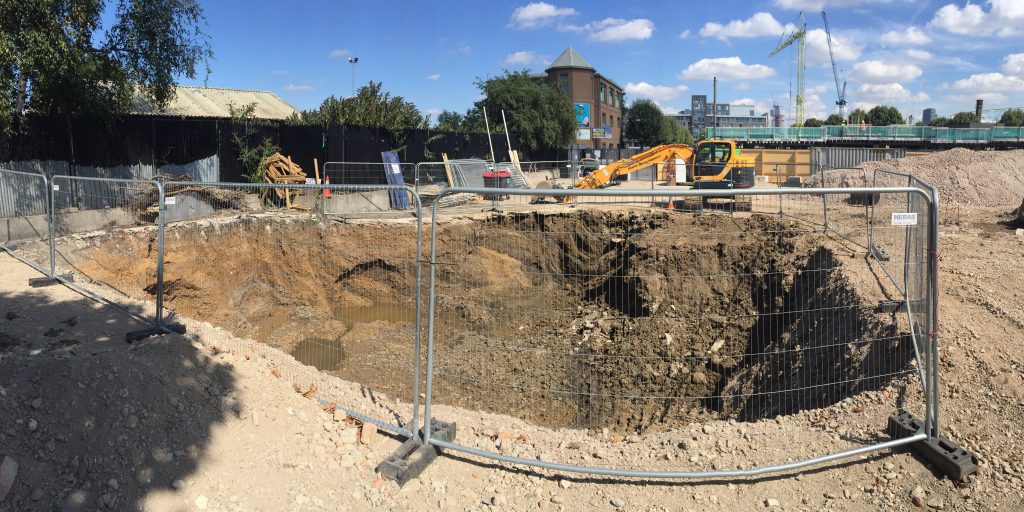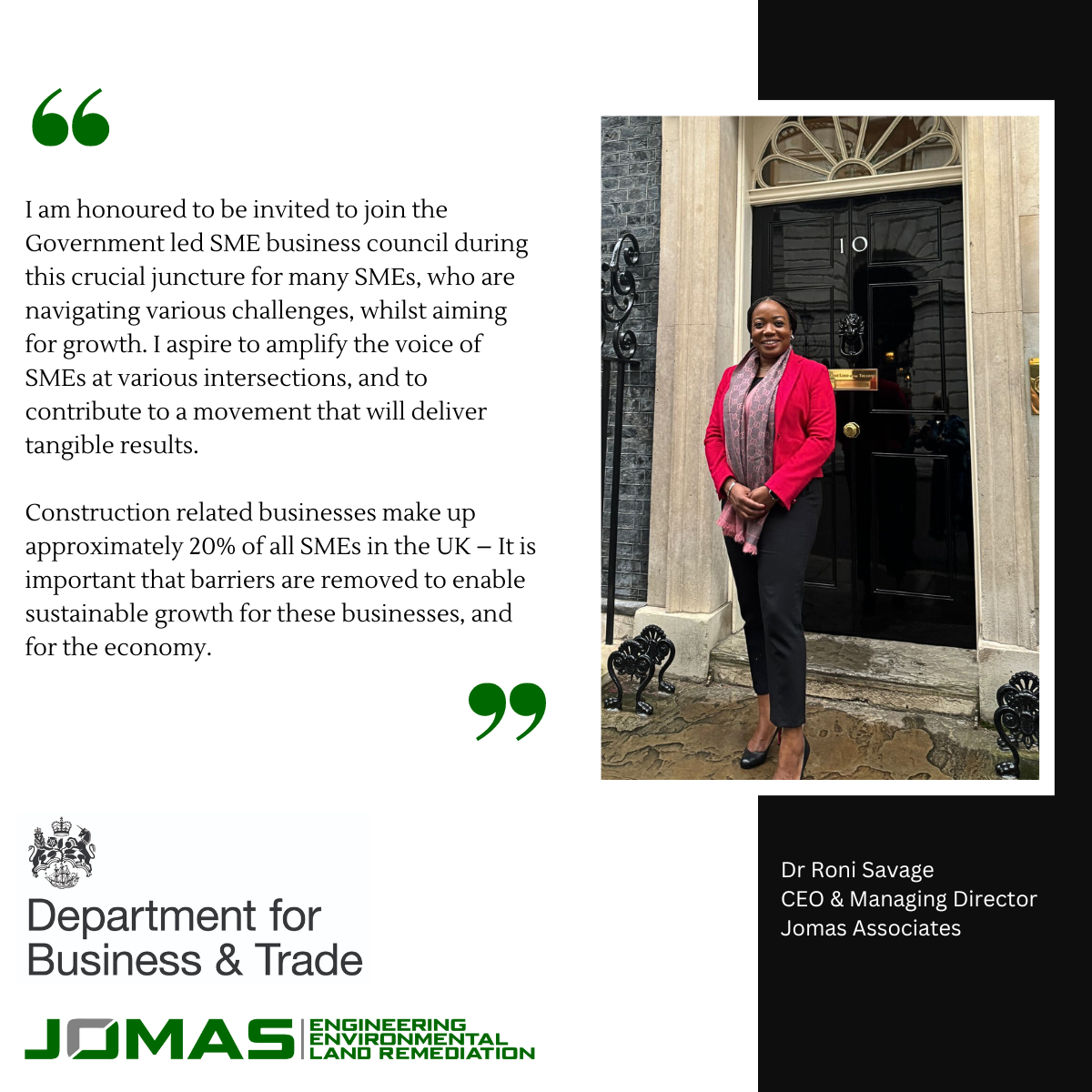Remediation of land contamination is the process by which such risks are reduced to ensure that the land is suitable for the proposed use, as per the National Planning Policy Framework (NPPF).
‘Brownfield’ sites can be considered as land or premises that has been previously used but has subsequently become vacant, derelict or contaminated’ – for example, old industrial sites. Any contaminants arising from previous land uses may exist in the soil and water making up the ground, and in vapour or gaseous form beneath the ground surface.
Whilst brownfield land can pose various challenges financially and environmentally to developers, they also represent fantastic development opportunities too.
There is a lot of Brownfield Land in the UK
According to The Countryside Charity (CPRE) State of Brownfield 2019 report, Brownfield registers show that there is enough brownfield land for 1,061,346 housing units over nearly 21,000 sites, covering almost 25,000 hectares in the UK. That’s a lot of land to be potentially utilised.
There are some critical steps that must be taken before a remediation strategy can be drawn up, which allow for the evaluation of site conditions. At Jomas we conduct Phase I and Phase II, Desk Study Report and Ground Investigation respectively. These stages of assessment are a process by which land contamination risks, development risks, and potential environmental liabilities are identified.
Different types of remediation
Contaminated land remediation can take a wide variety of forms. Some common remedial processes are described below:
- Excavation – Contaminated soil is dug up from the site, following which it can be transported offsite for treatment, or disposal at a landfill. Clean soil or other material can be used to fill the excavated area and create a level surface for reuse.
- Barrier systems – Creating or adding a barrier between the surface and contaminants by using a geotextile, a layer of clean soil or hardstanding or building cover. Capping protects areas of clean-up, reduces exposures and prevents the spread of contamination.
- Gas or vapour mitigation – installation of protection measures within the structure of buildings, such as membranes or ventilation, can effectively prevent gases or vapours from entering.
- On-site or in situ treatment – for example injection into the soil of biological or chemical agents which break down contaminants into less harmful or toxic substances. Solidification or stabilisation adds binding or chemical agents to prevent contaminant movement. Contaminated groundwater or vapour can be extracted or pumped to the surface and treated to remove contamination.
- Bioremediation – Naturally-occurring or adapted microbes consume organic contaminants. Active management at bioremediation sites includes adding nutrients, oxygen or chemicals that release oxygen to increase microbial growth, allowing them to degrade the contaminants over time to water, gas or less harmful or toxic substances. In its simplest form, this can just comprise stockpiling excavated soils in rows and turning them over regularly to let air in and let volatile contaminants escape to the air.
- Monitored natural attenuation: Natural processes, such as dispersion, volatilisation, biodegradation, etc, will act to reduce the concentrations of some contaminants in the soil and groundwater.
- Thermal desorption: Certain soil types can be passed through a thermal processor in order to remove organic contaminants.
- Soil stabilisation: By the addition of certain chemicals to contaminated soils, the contaminants can be stabilised so that the soils can be reused.
- Phytoremediation – Plant root systems release substances that help plants neutralise, stabilise or increase microbial degradation of contaminants in contaminated soil or water near roots. Select plants can also take up contaminants through their roots, reducing soil and water contamination over time.
Usually, a number of different techniques are combined at a site to provide the optimal remedial strategy. For example, Jomas Associates frequently remedial projects that involve the excavation and removal of buried tanks, along with any contaminated soils that require removal, combined with subsequent placement of clean soil in soft landscaped areas and gas/vapour mitigation systems in the buildings. Additional techniques such as in–situ treatment tend to prove their worth where gross contamination is present or if the site lies in a particularly sensitive setting.
Implementing a strategy
Jomas Associates follow the Land Contamination Risk Management guidance published by the Environment Agency, employing a risk-based remediation options appraisal. We will identify the benefits and drawbacks of each viable solution, before selecting a preferred strategy.
The remediation of contaminated land or water is increasingly seeking to follow the principles of sustainability, and we ensure that our focus is on deriving a remediation strategy that aims to minimise soil removal and disposal.
For anyone seeking specific case studies regarding remediation work, we have a number available here.

Moving forward with the Remediation work
Our aim is always to provide a pragmatic approach that focuses on solution finding and high-quality work, in a timely and cost-effective manner. We are conscious of not only meeting clients’ needs but also the requirements of the regulators, planning officers and contaminated land officers at local authorities and the Environment Agency.
Taking on land that requires remediation work at the best of times brings about a certain level of uncertainty. We appreciate the challenges involved in the land development process, and to avoid further complications, we aim to provide clear, concise advice, tailored to suit your development proposals. It is a good idea to get a remediation company such as ourselves involved in the process as early as possible in order to avoid delays and the potential for unnecessary escalating costs.



